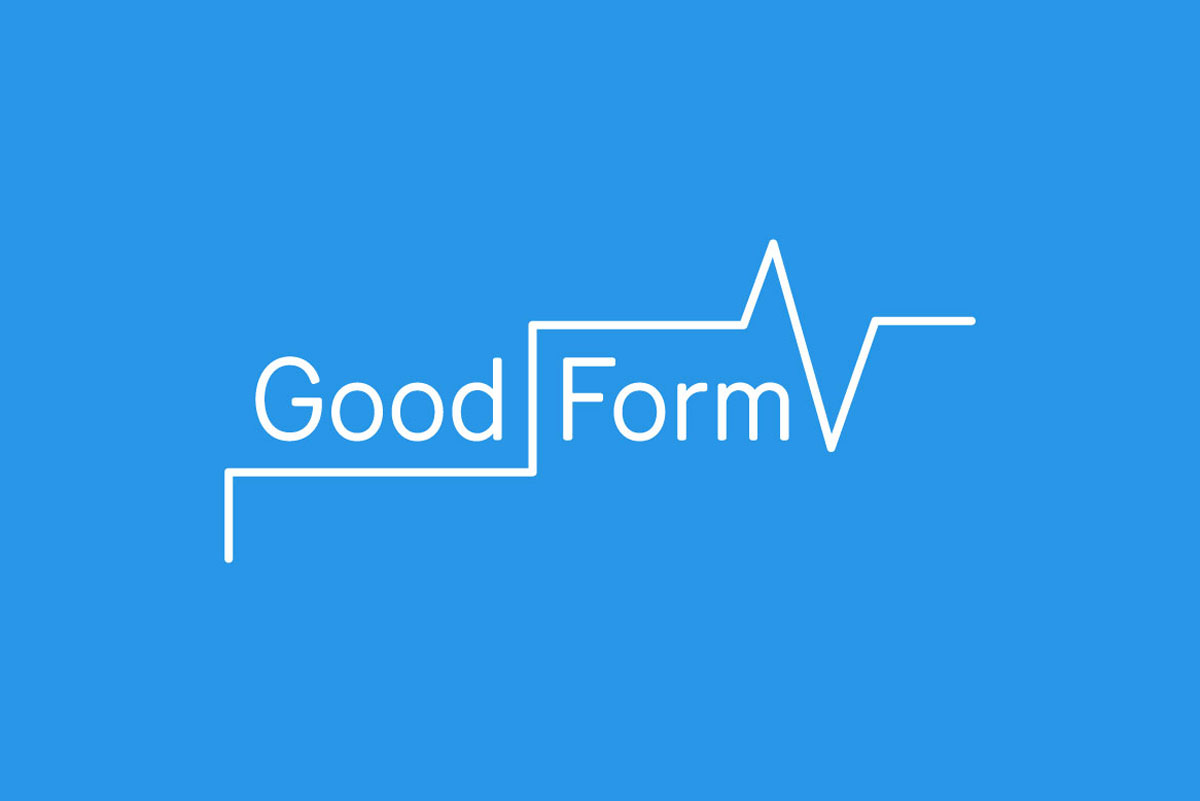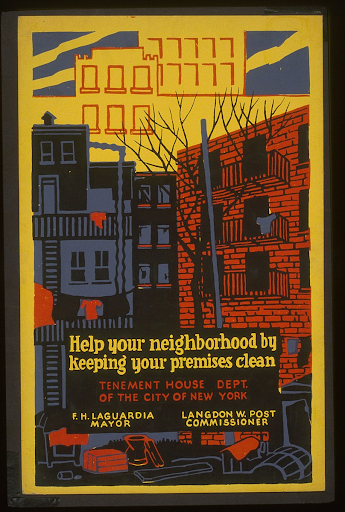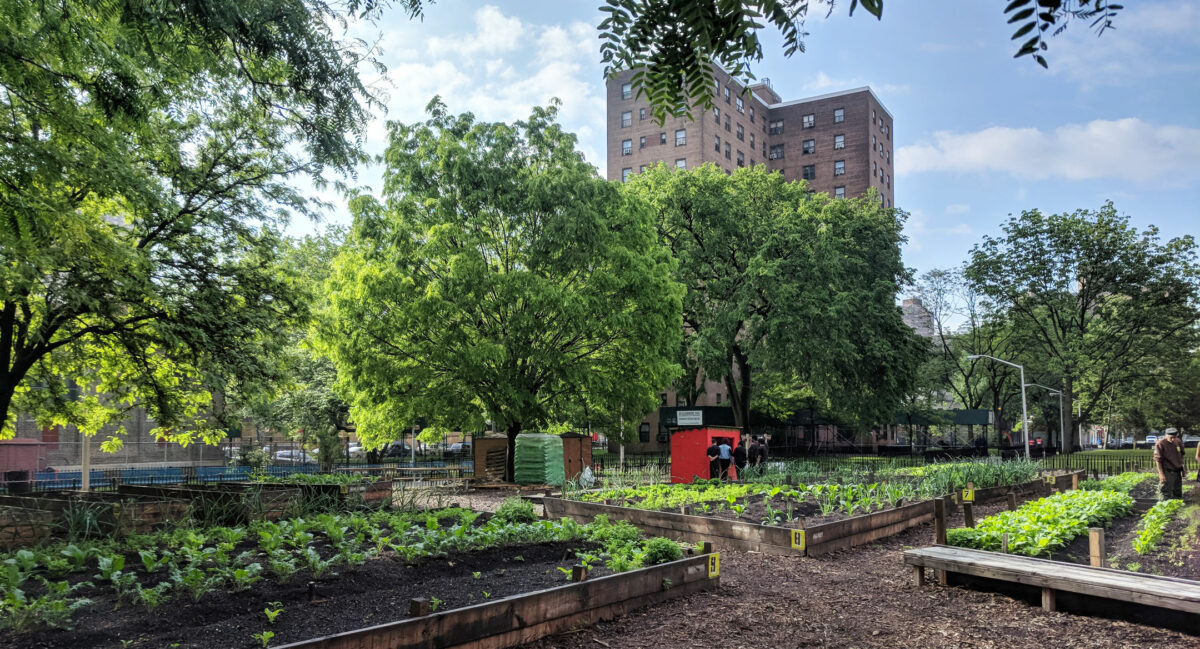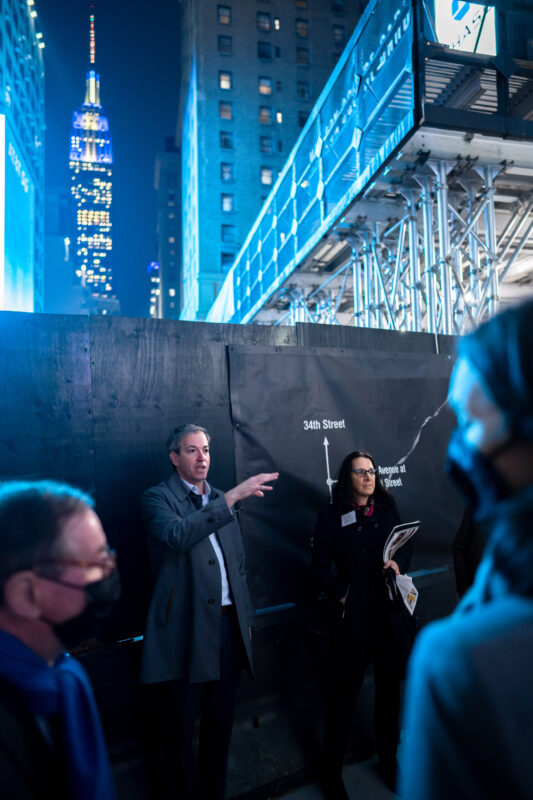
The design and public health communities must come together in new ways to shape a healthier city.
Public health policy has dictated the way cities have been built for centuries. Whether it was the modernization of sewer systems in the 19th century or the Tenement House Act of 1901, new regulations and public infrastructure have aimed to mitigate infectious disease with sanitary conditions.

However, public health policy has sometimes led to more harm than good. During 20th century urban renewal, city leaders treated blight as a “cancer,” justifying the bulldozing of working class Black and immigrant communities.
Over the past two years, the pandemic showed that the design of neighborhoods can have enduring consequences. While every New Yorker was prescribed open space and better indoor air ventilation to slow the spread of COVID-19, residents in our hardest-hit communities of color lacked access to quality parks, nearby healthcare facilities, or affordable housing. Moreover, the same New York City neighborhoods face many of the highest health disparities in the city, including asthma, heart disease, and obesity.
It’s time to rethink the way we approach public health in the built environment with new tools and approaches for preventative care. We believe that equity means that a child born in the South Bronx, Harlem, Flushing, or Bed-Stuy sees the same educational, economic, and public health outcomes as a child born on the Upper East Side. New York City can invest in neighborhoods to achieve clean air; abundant affordable housing; safe, maintained, and accessible public spaces; and access to lifesaving services to ensure our environments support our long-term health.
For our 2022-2023 program, Good Form, Urban Design Forum invites architects, landscape architects, public health researchers, ecologists, planners, engineers, housing, parks and transportation advocates, real estate and community developers, and more to advance ideas and proposals for creating a healthier city.
We want to hear from you: How can we mobilize design and public health advocates to envision a healthier city?
Key Questions to Consider
Through the program, we will explore ways to design healthier neighborhoods. We plan to take a holistic approach to confronting health disparities and challenges in New York City by bringing in cross-disciplinary expertise.
- How can we radically transform the design and planning of neighborhoods to prioritize health abundance over scarcity?
- What new neighborhood investments can confront health disparities driven by systemic racial and economic inequalities?
- How do we build the capacity of the design and development professions to address the wholeness of a person – both physical health and mental health – in their practices?
- How can the public health profession better influence the shape and planning of new buildings, open space and infrastructure?
Timeline
March 1, 2022: Call for Action Launch
April 11, 2022: Call for Action Submissions Deadline
May 2022: Announcement of Working Groups
May – November 2022: Working Groups
September 2022 – May 2023: Public Programs
Spring 2023: Report Launch

Join a Working Group
Join a group of leading thinkers to imagine healthier New York City neighborhoods.
From May to October 2022, four working groups will convene simultaneously to lead research, international case study exploration, neighborhood tours, interview stakeholders, and create new visions and advance policy recommendations.
Working Groups will focus on four areas exploring the ties between the built environment and specific public health outcomes:
- Fresh Air: High rates of asthma in the South Bronx, northern Manhattan, or other areas in the outer boroughs have been linked to elevated air quality hazards.[1] How should we transform our transportation infrastructure, workplaces, homes, and open spaces to combat disparities in unsafe air quality?
- Active Places: Racial and gender disparities in the cases of cardiovascular disease in New York City can be linked to the proximity to spaces that support physical activity and healthy diets.[2] How should we create more active and affordable spaces to tackle heart disease and diabetes?
- Safe Experiences: Many New Yorkers have experienced abuse, violence, or even criminalization in public spaces due to addiction disorders, dementia, or sensitivity processing difficulties. How should we design and manage more dignified and safe public spaces for those with diverse mental health needs?
- Spaces for Healing: Disparities in mental health have commonly been linked to social isolation or historic traumatic experiences, like slavery, racism, and displacement.[3] Some studies have shown that health risks for isolation in older adults or LGBTQ+ communities can sometimes rival smoking and obesity.[4] How can we shape and invest in social infrastructure that reckons with intergenerational trauma and loneliness?

Working Group Eligibility & Commitments
We plan to convene working groups of 8-10 Fellows from a range of disciplines, backgrounds, and expertise. If you’re interested in the role that public health can play in your practice, or how design impacts public health outcomes examined in your work, we welcome your participation.
We aim to welcome every Urban Design Forum Fellow who is interested to participate. However, recognizing we may see a large volume of applications, we may invite fellows to engage in public programs or other activities. Members of the general public are welcome to apply, but will be asked to become UDF fellows no later than May 2022. We ask that all participants live or work in the New York metropolitan area.
Participation in a Working Group will require a commitment to attending four 2-hour meetings for Phase I: Exploration & Research from May-July 2022 and four 2-hour meetings for Phase II: Design from September-November 2022. Throughout the year, we expect to convene in person following updated safety guidelines from New York City officials. We’ll ask each participant member to:
We’ll ask each working group to:
- Attend stakeholder calls and site visits
- Review public health research
- Develop policy recommendations, design guidelines, and/or specific design proposals or pilots
- Support the creation of illustrations, animations, or other visual tools in collaboration with our team
Submit Your Interest
Please submit your contact information, statement of interest (no more than 250 words), CV or brief description of expertise, and working group topic preference by Friday, April 11, 2022.
Submission Guidelines: we welcome you to submit no more than 300 words, and up to 5 supporting images, charts, or diagrams (high resolution, .jpeg format, printable at 300dpi., suggested minimum size 12”x18”).
Other Ways to Participate
- Speak with Us: Jump on a call with us and share your thoughts and ideas on how New York City can design and build healthier neighborhoods.
- Share a Project: Send us a case study project that supports better physical or mental health of its users.
- Nominate a Speaker: Introduce us to leading thinkers, historians, and changemakers who are rethinking the role of health in architecture, planning, and development.
- Lead a Tour: Share a built project or space that exemplifies new design approaches that create healthier neighborhoods.
- Host Us: Open your organization’s outdoor or indoor space to host a conversation with our Fellows.
- Share Your Tools: Share digital tools or expertise to help us visualize our proposals or create demonstration projects.

Submission Guidelines: we welcome you to submit no more than 300 words, and up to 5 supporting images, charts, or diagrams (high resolution, .jpeg format, printable at 300dpi., suggested minimum size 12”x18”) to Guillermo Gomez at guillermo@urbandesignforum.org.
Support the Program
Support our inquiry and promote visionary thinking for the healthier neighborhoods.
Levels & Benefits
Champion ($5,000)
- Advise Executive Director and key program staff on program activities
- Receive verbal recognition at events
- Invite one senior staff member to participate in one of the five working groups
- Name two practice leaders to the Director’s Circle, a group of distinguished civic leaders who sustain our programming on the pivotal issues facing our cities.
- Priority access to limited-capacity member tours and events
- Recognition on all Good Form programming materials
- Four tickets to Action Dinner
Supporter ($2,500)
- Invite one senior staff member to participate in one of the five working groups
- Name one practice leader to the Director’s Circle, a group of distinguished civic leaders who sustain our programming on the pivotal issues facing our cities.
- Priority access to limited-capacity member tours and events
- Recognition on all Good Form programming materials
- Two tickets to Action Dinner
Friend ($1,000)
- Priority access to limited-capacity member tours and events
- Recognition on all Good Form programming materials
- One ticket to Action Dinner
Please direct all questions and inquiries to:
Miranda Bellizia
Director of Member Engagement
miranda@urbandesignforum.org
Advisory Committee
Earle Chambers, Ph.D., M.P.H. is director of the division of research in the department of family and social medicine at Albert Einstein College of Medicine and Montefiore Health System.
Vincent Chang is Deputy Chairman and Partner at Grimshaw Architects.
Nupur Chaudhury is a public health urbanist who looks at cities, communities and connections through a grassroots lens.
Eric Fang AIA, LEED AP, AICP, is a principal at Perkins Eastman.
Christian González-Rivera is the director of strategic policy initiatives at the Brookdale Center for Healthy Aging.
Alison Mears, AIA, LEED AP is an architect, Associate Professor of Architecture, and Director and Co-Founder of Healthy Materials Lab.
Jennifer Pehr AICP, MPH is a trained and experienced professional in urban planning and public health, and Urban Systems Leader at ERA-co.
James von Klemperer is President and Design Principal at Kohn Pedersen Fox Associates.
Weston Walker is Design Principal and Partner in charge of Studio Gang’s New York office.
Acknowledgements
We’re inspired by the many organizations that have led research and advocacy around health challenges and the built environment, including Center for Active Design, WE ACT for Environmental Justice, NYC-Environmental Justice Alliance, and Centre for Urban Design and Mental Health, MASS Design Group, Housing Works, Healthy Materials Lab, Brookdale Center for Healthy Aging, and Harvard Chan School’s Healthy Buildings Program.
Footnotes
[1] https://www.thecity.nyc/2020/9/28/21492252/cross-bronx-expressway-covid-19-environmental-justice-nyc
[2] https://www.ncbi.nlm.nih.gov/pmc/articles/PMC6286284/
[3] https://www.apa.org/monitor/2019/02/legacy-trauma
[4] https://www.cdc.gov/aging/publications/features/lonely-older-adults.html